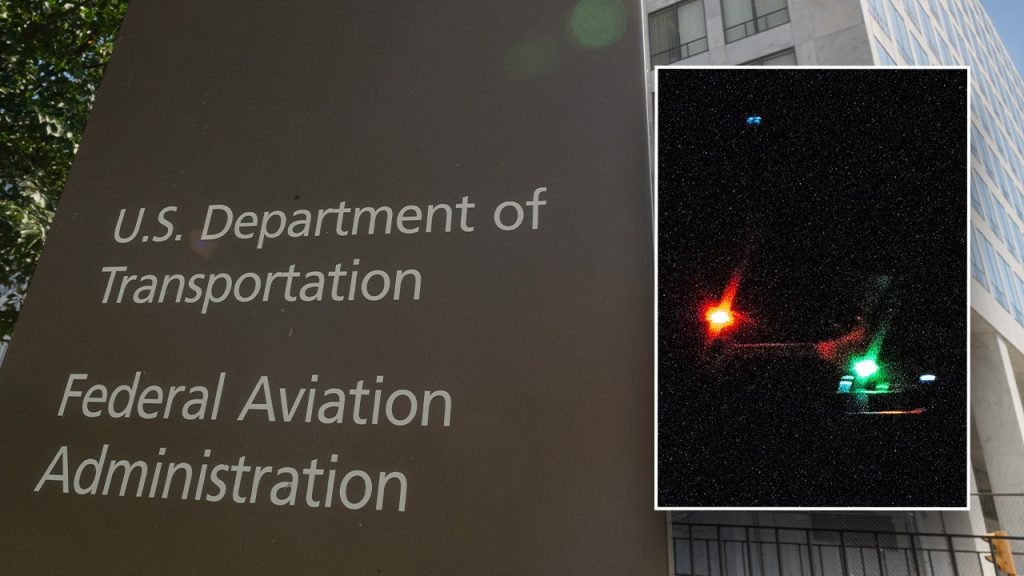The ongoing drone sightings over New Jersey have sparked public concern and raised questions about the government’s ability to identify and track these unmanned aircraft systems (UAS). While the Federal Aviation Administration (FAA) mandated Remote ID technology for all drones in early 2024, providing a “digital license plate” for each UAS, access to the associated database remains a significant hurdle for local law enforcement. This technological capability, designed to offer real-time identification of drones, including their registration, location, and altitude, has yet to be effectively deployed to those tasked with investigating suspicious drone activity. The resulting information gap fuels anxieties and hinders investigations into the nature and purpose of these flights.
The lack of access to the FAA’s Remote ID database has been confirmed by multiple local police departments in New Jersey, leaving them unable to effectively respond to reports of drone sightings. The Government Accountability Office (GAO) highlighted this critical issue in a June report, noting that neither the FAA nor the Department of Homeland Security (DHS) has established a concrete timeline for providing law enforcement access to Remote ID data. This delay impedes the ability of authorities to react swiftly and efficiently to potential threats or investigate suspicious drone activities. The current process requires local authorities to submit requests through the FAA’s Law Enforcement Assistance Program (LEAP), a cumbersome and time-consuming procedure that is ill-suited to the demands of real-time situational awareness.
The FAA’s funding requests for the upcoming fiscal year include a substantial $21.8 billion, with $15.6 million allocated for drone-related research and development. Part of this funding is intended to expand the LEAP program and hire additional special agents to handle the increasing volume of drone-related inquiries. The GAO report, however, raises concerns about the efficiency of this approach, emphasizing the need for real-time access to Remote ID data for law enforcement, especially in emergency situations. The current reliance on case-by-case review through LEAP agents creates a bottleneck that hinders effective investigation and response.
While public concern mounts over the unidentified drones, a joint statement issued by the DHS, FBI, FAA, and Department of Defense asserts that the observed aircraft comprise a mix of legally operated commercial and hobbyist drones, law enforcement drones, and even misidentified manned aircraft. This statement, based on technical data analysis and citizen reports, concludes that the drone activity does not pose a national security or public safety risk. However, it acknowledges the “insufficiency of current authorities” to address the situation effectively, implicitly recognizing the limitations imposed by the lack of readily available Remote ID data for local law enforcement.
The drone sightings, which began in mid-November 2024, have occurred across New Jersey, including sensitive locations like Picatinny Arsenal Military Base and Trump National Golf Course Bedminster, prompting the implementation of temporary flight restrictions (TFRs). Reports from civilians describe drones of unusual size and design, some with diameters of up to six feet, further fueling speculation and concern. Despite these reports, the federal government maintains that the observed drones are operating lawfully within existing regulations. These regulations, outlined in the FAA’s Part 107 rule, permit drone flights at night up to an altitude of 400 feet, assuming compliance with Remote ID requirements.
The implementation of Remote ID technology is a crucial step toward ensuring accountability and safety in the rapidly evolving drone landscape. Operating a drone without Remote ID carries significant penalties, including fines of up to $250,000 and imprisonment for up to three years, along with civil penalties of up to $27,500. While the FAA’s move to mandate Remote ID is a positive development, the delay in providing access to the database for local law enforcement undermines the effectiveness of this technology. The ongoing situation in New Jersey highlights the urgent need for streamlined access to Remote ID data, enabling timely investigations and effective responses to potential threats or suspicious drone activities. The federal government’s continued efforts to address this issue, including increased funding and expanded investigative resources, are critical to ensuring public safety and addressing the growing concerns surrounding drone activity.

